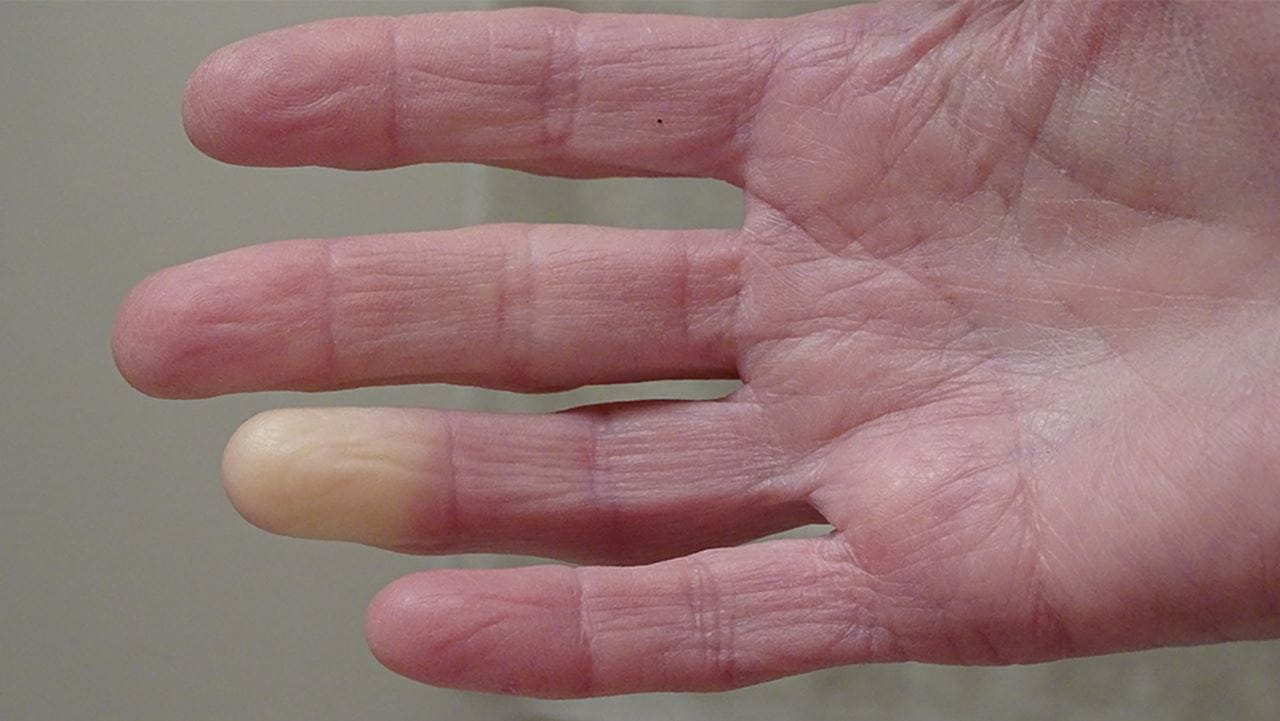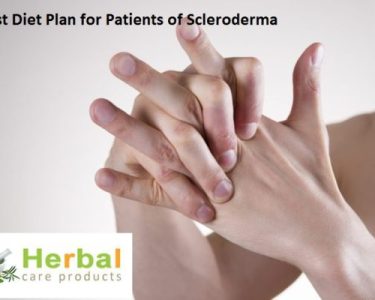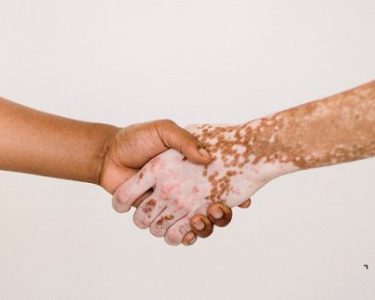Scleroderma is a relatively uncommon autoimmune disorder that affects about 300,000 people in the United States annually. It is easily noticeable due to the skin becoming harder.
The National Scleroderma Foundation states that the words “sclero” (hardening) and “derma” (skin) are the origin of the term “scleroderma.” Scleroderma, also referred to as systemic sclerosis, is a condition in which an individual’s immune system overproduces collagen. Collagen thickens in and around the skin as well as a number of organs.
Recognizing signs of scleroderma
There isn’t always a single obvious symptom that indicates scleroderma. A variety of indications and symptoms may be present, such as:
- puffiness or stiffness of the hands
- puffiness or stiffness extending up arms, trunk (chest, upper back, abdomen)
- telangiectasias, or multiple tiny broken blood vessels, on the cheeks, nose, lips, arms, upper chest
Because of the tightened skin on their faces, some patients may find it difficult to open their mouth as wide as they formerly could.
Scleroderma can occasionally be confused with other illnesses including arthritis or sun damage. The image gets clearer when a skilled dermatological specialist starts to examine the patient as a whole.
“Because it happens so gradually, a patient might not notice that their skin is getting tighter or more swollen,” explained board-certified dermatologist Dr. Nana Duffy, MD, of Brighton’s Genesee Valley Dermatology & Laser Centre.
Risk factors and diagnosing scleroderma
The following are some variables that raise an individual’s chance of acquiring scleroderma:
- environmental exposure to silica
- family history
- race (African American, Native American patients face increased risk)
According to research, pulmonary artery hypertension is a disorder that people with a higher number of telangiectasias are more prone to get later in life.
A dermatologist may request blood tests to help confirm the diagnosis if they have reason to believe that a patient may have scleroderma. In order to ascertain whether the sclerosis is mostly affecting the skin or whether it may potentially be impacting internal organs, the patient may additionally have imaging tests, such as an EKG, EGD, pulmonary function test, and/or chest CT scan, depending on the results of the bloodwork.
Patients will be referred to a rheumatologist who can assist with symptom management as needed when a diagnosis has been made.
Treatments and resources for scleroderma
Scleroderma does not yet have a known cure, however rheumatologists can recommend immune-suppressive drugs. When the patient’s immune system is suppressed, the aberrant collagen production ceases, so ending the collagen formation process.
“Medications like CellCept and rituximab can prevent it from affecting more organs or more areas of skin, even though it is very difficult to reverse the effects of scleroderma,” Dr. Duffy stated.
Whether scleroderma is diagnosed or not, the longer a person waits to receive treatment, the more obstacles they may encounter. For instance, a patient may progressively lose the ability to move or function for commonplace actions like buttoning a shirt or opening a jar.
Raynaud’s syndrome, which causes the fingers to turn purple, blue, or white in reaction to cold temperatures, affects a large number of sufferers. Diffuse cutaneous scleroderma, another severe problem, is scleroderma that affects other organs. Damage to the kidneys, heart, or lungs is more likely the further it advances.
Those who have scleroderma frequently feel alone in their experience because it’s a very uncommon ailment. A non-profit organisation called the National Scleroderma Foundation: Tri-State Chapter operates in western New York and assists patients in advocating for themselves as well as connecting with other patients to share their experiences with the illness.




